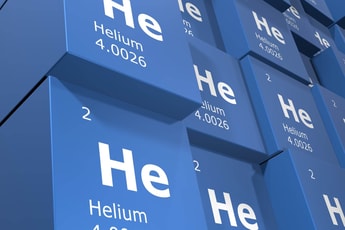The recent decline in US helium supply has created a clear long-term opportunity for helium producers in North America. That’s because it’s a molecule that is expensive to transport and store, and there are risks that attach to moving it around the world, with geopolitics playing its part.
This framing by Robert Ferguson, Partner and co-founder of Blue Spruce Operating, is one that’s supported by independent analysis, and is the driver for what is the largest helium development project in North America today: Dry Piney in Wyoming.
Dry Piney is Blue Spruce Operating’s project, and Ferguson was addressing delegates last week at Helium Super Summit 2024 in Houston. The project is sited next door to ExxonMobil’s huge and globally important LaBarge facility and is described by Ferguson and Blue Spruce as a helium development project rather than an exercise in exploration.
“In other words, we know what we have. This is an enormous, well-understood gas accumulation. We have three-dimensional seismic mapping of the subsurface, and it shows a large-scale helium development site that is calculated to deliver over 800 MMcf per year of helium for many, many years – half a century or more,” said Ferguson.
... to continue reading you must be subscribed







